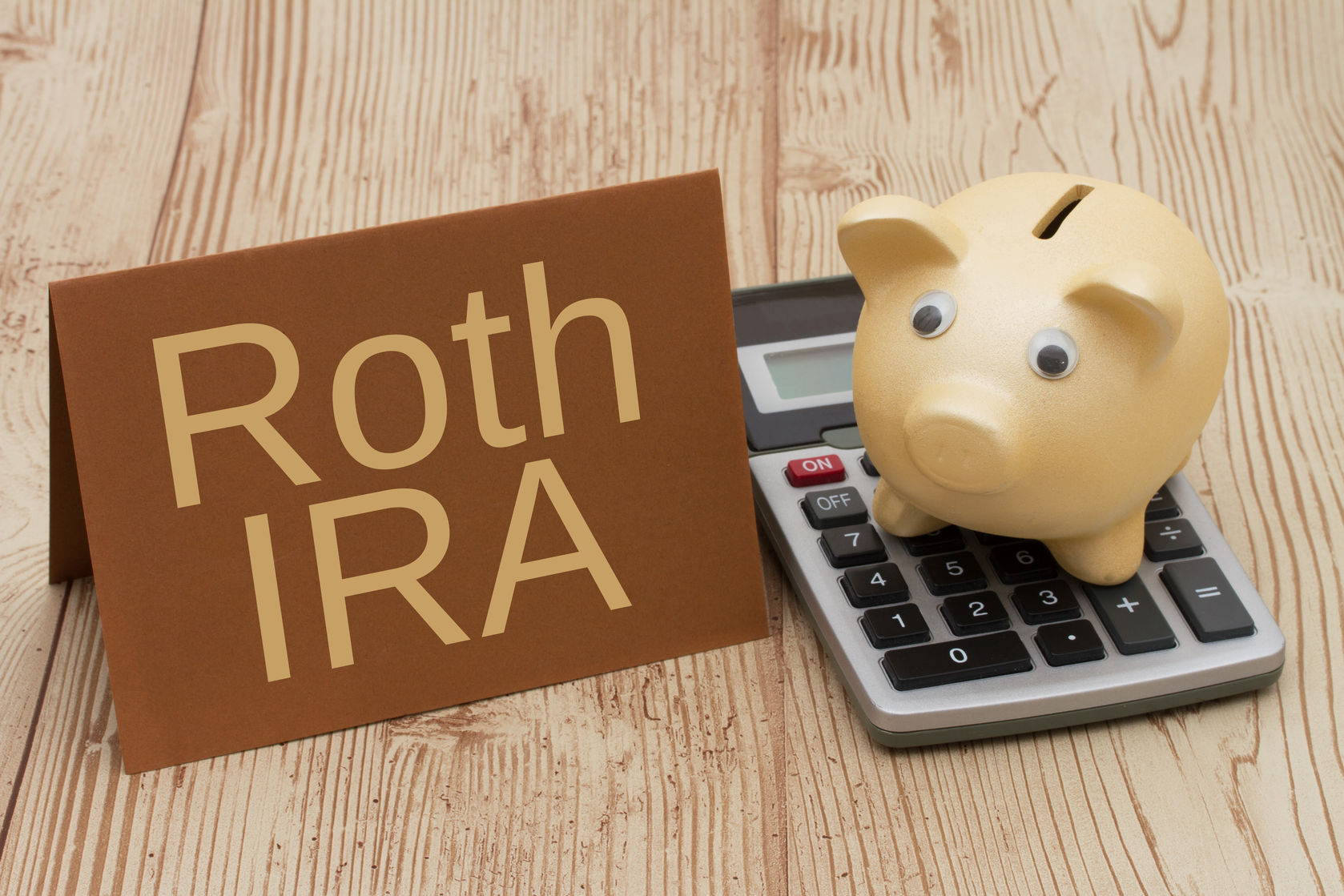
Don’t worry (too much) about outliving your money
Courtesy Portfolio Solutions, LLC, North Dallas LIVING WELL Magazine
Money is finite while death is permanent. However, people ages 44 to 75 fear outliving their money more than they fear death, according to a 2010 survey by Allianz Life Insurance Co. Out of 3,257 people surveyed, 61% chose running out of money over death as the more frightening prospect.
Contributing to the heightened worry over going broke later in life, when most individuals are retired, is our increasing life expectancies. A 2014 National Vital Statistics report found U.S. life expectancy continues to rise, up 0.4 years from 2008 to 78.5 years in 2009.
Of course, the longer you live, the longer your retirement and the longer your money needs to last. In financial speak, the increasing exposure to various investment risks––inflation, market volatility, etc.––as your retirement continues is known as longevity risk. Some retirees may see that risk as reason to follow an investment strategy focused solely on preserving assets.
Although longevity risk should play a role in how you invest in your later years, investing only to avoid running out of money may hinder what should be your portfolio’s primary goal—to maintain a desired standard of living in retirement.
Your money may need to grow
The fear of outliving your money may make you extremely risk-averse, tempting you to put the majority or all of it in generally low-risk cash investments. A potential return at a lower risk than stocks or bonds, what’s not to love?
The historical numbers are not only unattractive, but rather ugly. According to a 2013 Vanguard report, the nominal (before inflation) historical average for cash from 1926–2012 was 3.7%. Meanwhile, the historical average nominal returns for stocks and bonds were 5.5% and 9.9%, respectively. The median inflation rate from 1950–2012 was 3.1%. Thus, cash investments on average barely returned more than inflation.
The data shows why stocks and bonds are important components of a long-term portfolio. If your investments have low potential for growth, then inflation can be the death of your money.
Not touching your principal is tricky
Some investors may try to live on dividends and interest payments alone to increase the sustainability of their investments. But, avoiding withdrawals from your principal by relying on dividends and interest is more of a trick than strategy. It sounds good on paper, but often doesn’t work in practice.
Dividends distributed to shareholders come from a company’s earnings. Typically, when a company declares a dividend, its stock drops by the same amount when the market opens the next day.
For example, you decide to invest $100,000 and buy 1,000 shares of a stock that sells for $100 per share. The stock pays a $1-per-share quarterly dividend. In reality, you would have your initial investment (all else equal) but now it is $199,000 in stock and $1,000 in cash. Spending the cash would be the same as spending from your principal.
Instead of relying on a corporation to decide when to distribute a dividend and by how much, you can generate the same amount of cash with a strategy known as making “homemade dividends.” Sell 10 shares of a $100 non-dividend-paying stock, of which you own 1,000 shares, and you have the same $1,000 as in the scenario above. However, what you also have is more flexibility over the amount you receive and when you receive it.
There are also tax implications to consider with dividends. They are subject to double taxation; corporations pay taxes on earnings, then shareholders pay income taxes on the dividend payments. Shares sold, on the other hand, are taxed on their gain.
Additionally, by overweighting your portfolio to dividend-paying stocks you risk sacrificing its diversification. Under this strategy, you would essentially eliminate all non-dividend-paying stocks from your portfolio, which could hurt your ability over time to manage risk and boost returns.
Stick with the game plan
Market timing in hopes of avoiding a loss to your investments is like running with an armful of cash from tree to tree during a storm––eventually lightning will strike. That’s because successfully jumping in and out of the market is highly difficult over time, certainly over the course of a long retirement. When the market is down, people often make emotional money decisions. If your timing is off, you’re liable to lose, and the average investor tends to lose––when it rains, it pours.
Dalbar, a market research firm, found equity fund investors trailed the S&P 500 by 4% in annual average returns from 1993 to 2012. Poor investing habits can also cost investors in missed returns. A report by JP Morgan found that a $10,000 investment in the S&P 500 would have returned 9.22% if fully invested from 1993 to 2013. By missing the 10 best days, it would have returned 5.49%.
When you invest only to protect your initial savings, you risk creating unintended consequences that cause more harm than good. A sustainable portfolio can be better served with an asset allocation that is based on your retirement needs and that you’re comfortable sticking with throughout retirement, however long that is.
As you set your asset allocation, ask yourself, is it designed to help me live off my money or to help me keep from outliving it? Maintaining a well-balanced portfolio can give you the highest probability of achieving your long-term financial goals in life, so if you experience a down market, remember, there are worse things that could happen.
To learn more about Portfolio Solutions®, visit their website at www.portfoliosolutions.com.



